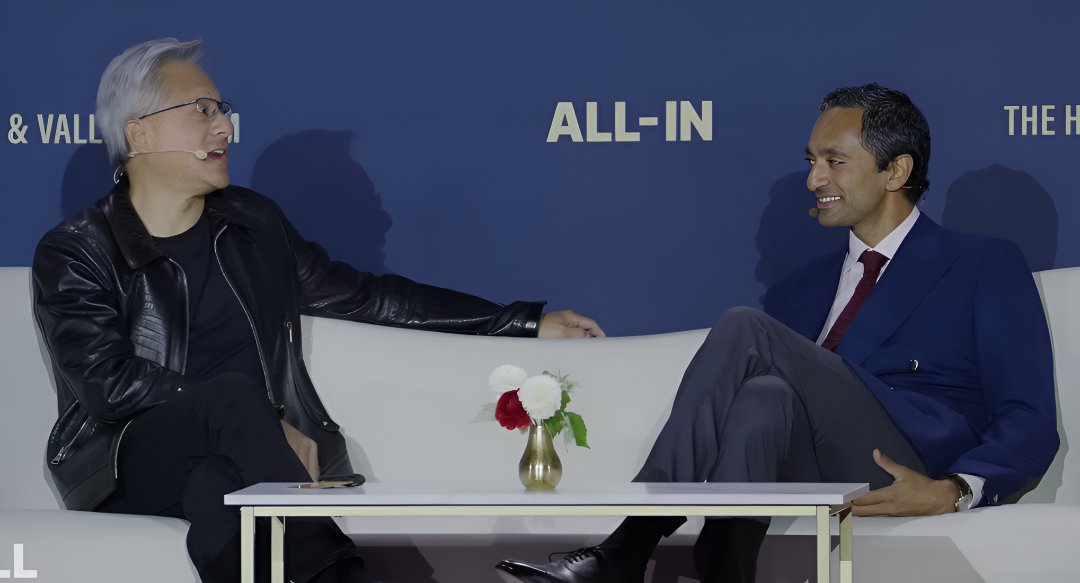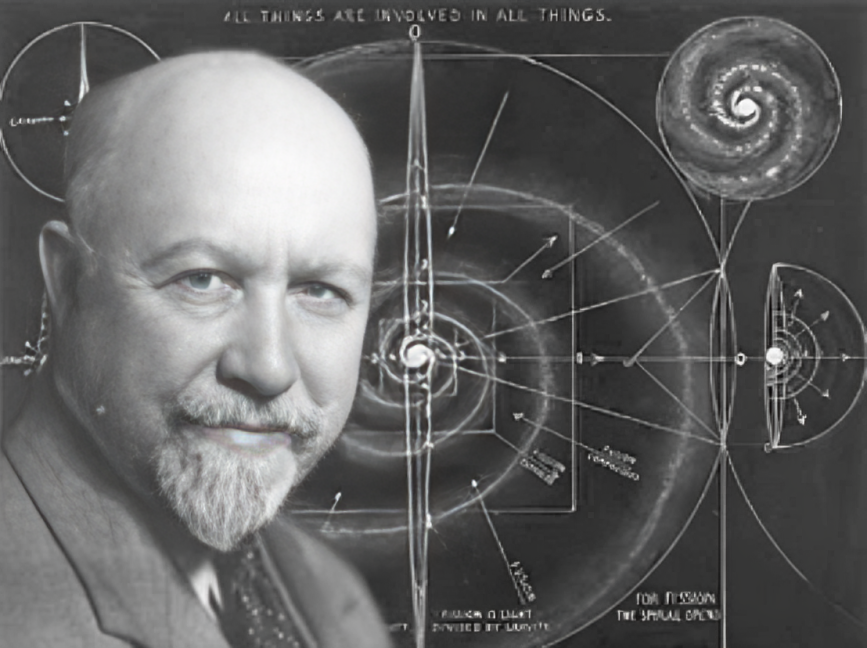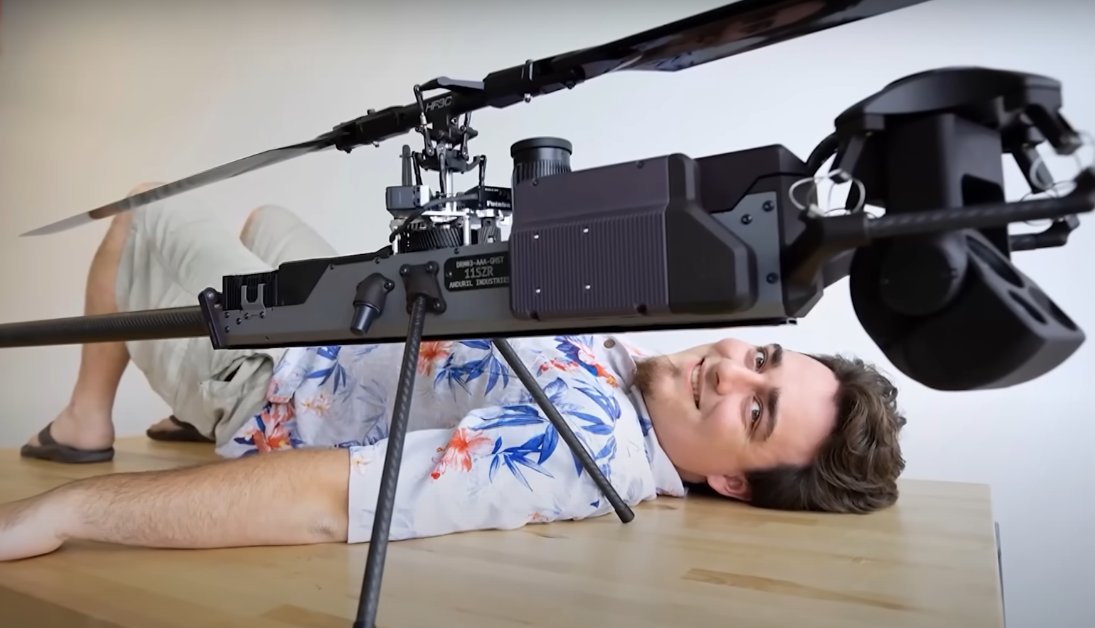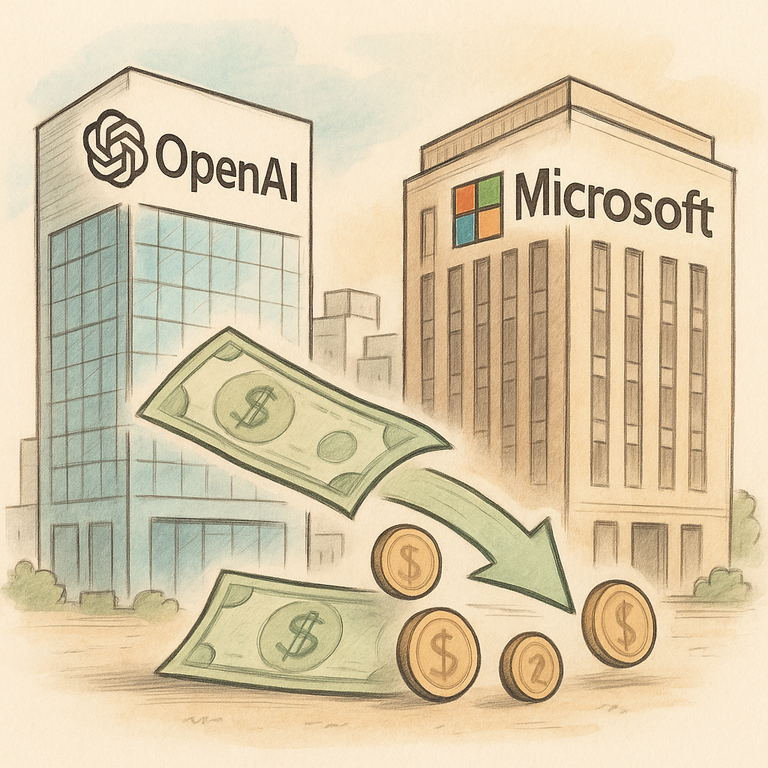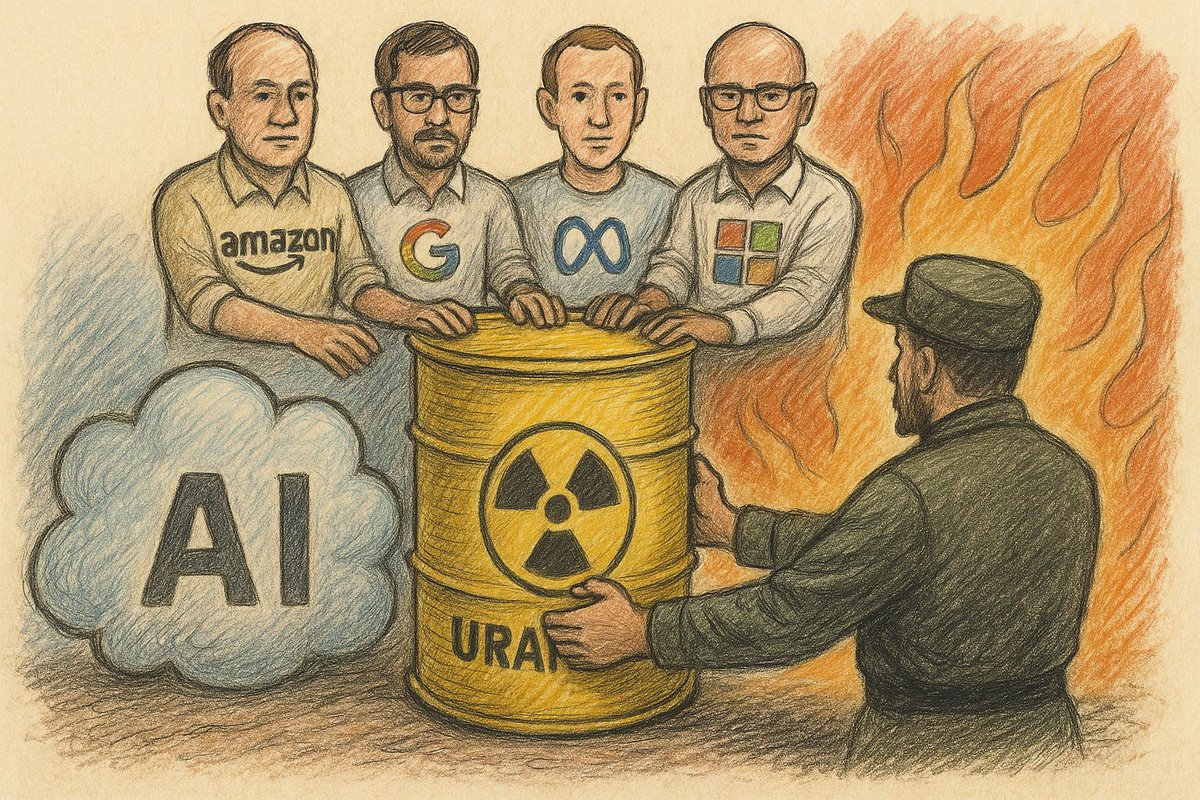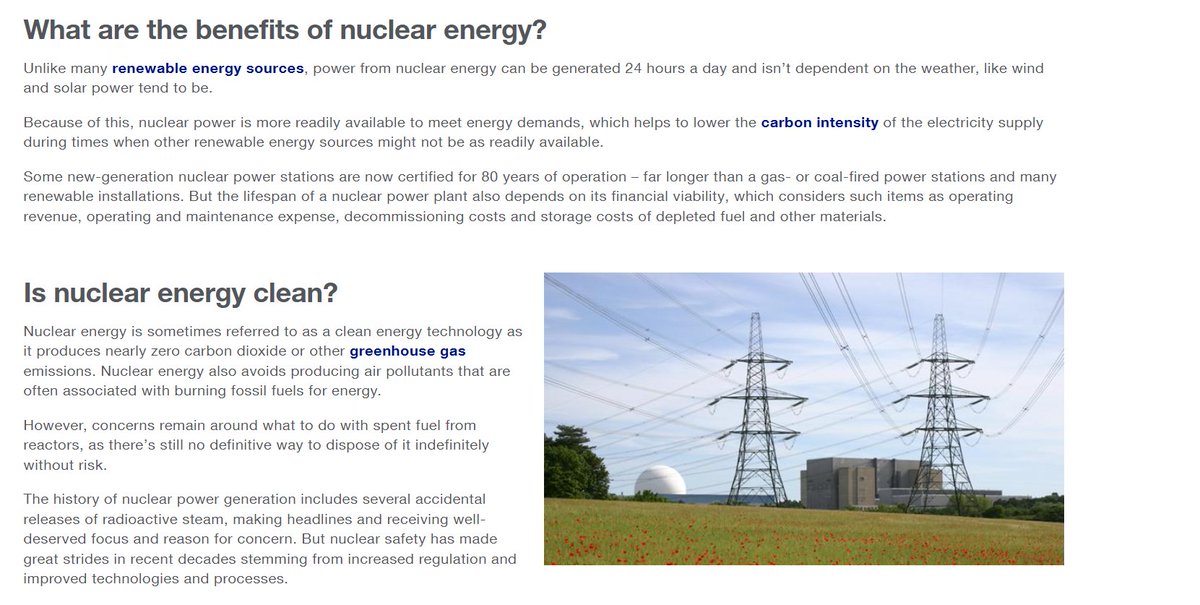430,000 doctors were drowning in 30-second research updates.
Burnout was rising. No one could keep up.
One founder built AI that fixed the problem, then gave it away FREE.
That “bad business model”? It’s now a $2.3B revolution in medicine: ⬇️
Burnout was rising. No one could keep up.
One founder built AI that fixed the problem, then gave it away FREE.
That “bad business model”? It’s now a $2.3B revolution in medicine: ⬇️

Daniel Nadler saw what others missed.
Medical research publishes a new paper every 30 seconds. Literature doubles every 5 years.
Doctors seeing 20 patients daily can't possibly keep up.
But that overwhelming problem was actually the opportunity...
Medical research publishes a new paper every 30 seconds. Literature doubles every 5 years.
Doctors seeing 20 patients daily can't possibly keep up.
But that overwhelming problem was actually the opportunity...
While competitors built complex enterprise software, Nadler went the opposite direction.
He didn't sell to hospitals. No procurement hell.
He ignored every "best practice" in healthcare tech.
His counterintuitive approach changed everything:
He didn't sell to hospitals. No procurement hell.
He ignored every "best practice" in healthcare tech.
His counterintuitive approach changed everything:
Make it free for doctors.
Just like Google, Open Evidence gave away the product to professionals who needed it most.
No sales team. No demos.
2 years later: 430,000 US doctors.
40% market penetration without a single cold call.
Just like Google, Open Evidence gave away the product to professionals who needed it most.
No sales team. No demos.
2 years later: 430,000 US doctors.
40% market penetration without a single cold call.
The genius wasn't just the free model.
It was understanding that in professional markets, trust beats everything.
Every AI answer includes full citations to peer-reviewed papers. Doctors verify sources instantly.
This transparency created something competitors couldn't buy:
It was understanding that in professional markets, trust beats everything.
Every AI answer includes full citations to peer-reviewed papers. Doctors verify sources instantly.
This transparency created something competitors couldn't buy:
Network effects at scale.
More doctors meant more data on what clinicians need.
Better data meant better AI responses. Better responses brought more doctors.
8.5 million monthly consultations created a feedback loop that led to something bigger:
More doctors meant more data on what clinicians need.
Better data meant better AI responses. Better responses brought more doctors.
8.5 million monthly consultations created a feedback loop that led to something bigger:
But here's where Nadler's playbook gets really interesting.
He put in the first $10 million himself.
Not because he had to. Because he wanted to maintain control.
Quote: "I wanted to bet on myself."
This decision changed everything:
He put in the first $10 million himself.
Not because he had to. Because he wanted to maintain control.
Quote: "I wanted to bet on myself."
This decision changed everything:
That decision let him keep 60% ownership through multiple funding rounds.
When Google's venture arm and Kleiner Perkins came calling, he had leverage.
$210 million raised at a $3.5B valuation. His stake: worth $2.3B.
Second-time founders play different games.
When Google's venture arm and Kleiner Perkins came calling, he had leverage.
$210 million raised at a $3.5B valuation. His stake: worth $2.3B.
Second-time founders play different games.
The advertising model was the final piece.
Doctors get value for free. Pharma companies reach engaged physicians at the moment of decision.
$50 million annualized revenue and growing.
Everyone wins in this ecosystem.
Doctors get value for free. Pharma companies reach engaged physicians at the moment of decision.
$50 million annualized revenue and growing.
Everyone wins in this ecosystem.
The blueprint is shockingly simple:
- Find where professionals drown in information.
- Build AI that saves time while maintaining trust.
- Give it away free to bypass gatekeepers.
- Monetize attention, not software.
- Maintain control by betting on yourself.
- Find where professionals drown in information.
- Build AI that saves time while maintaining trust.
- Give it away free to bypass gatekeepers.
- Monetize attention, not software.
- Maintain control by betting on yourself.
The Open Evidence blueprint works because Nadler had already built and sold a company for $550M.
Second-time founders see patterns first-timers miss.
After building the first cloud text-to-speech platform and multiple exits, I've seen these patterns repeatedly.
Second-time founders see patterns first-timers miss.
After building the first cloud text-to-speech platform and multiple exits, I've seen these patterns repeatedly.
About me:
Built voice tech before Alexa or Siri.
Now I’m at , powering real-time voice agents and cutting-edge TTS for over 1 million users every month.
Follow me, @heathahrens for insights on what's next in AI.Voice.ai
Built voice tech before Alexa or Siri.
Now I’m at , powering real-time voice agents and cutting-edge TTS for over 1 million users every month.
Follow me, @heathahrens for insights on what's next in AI.Voice.ai
Video & photo credits :
· Deirdre Bosa - CNBC: youtu.be/77aRdktengQ?si…
· GV (Google Ventures): youtu.be/UaDChdL1zzE?si…
· Sequoia Capital: youtu.be/huR0Oa2odxA?si…
· Deirdre Bosa - CNBC: youtu.be/77aRdktengQ?si…
· GV (Google Ventures): youtu.be/UaDChdL1zzE?si…
· Sequoia Capital: youtu.be/huR0Oa2odxA?si…
• • •
Missing some Tweet in this thread? You can try to
force a refresh


